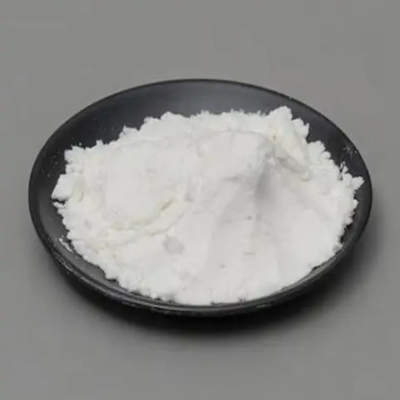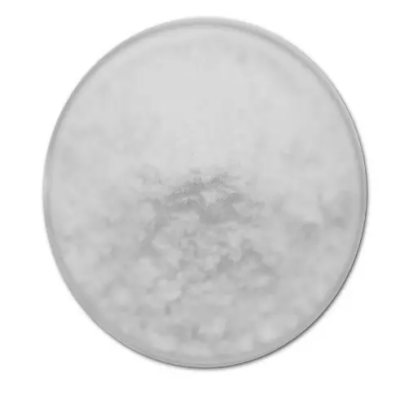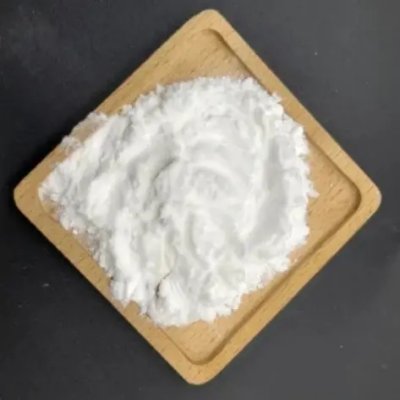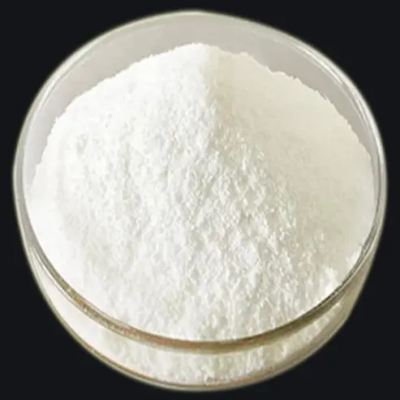4-Bromoisoquinoline CAS:1532-97-4
4-Bromoisoquinoline (C9H6BrN) is a member of the isoquinoline family, which consists of bicyclic aromatic compounds containing a fused benzene and pyridine ring. This particular compound features a bromine atom attached to the fourth carbon of the isoquinoline structure, imparting distinctive physical and chemical characteristics that enhance its utility in various applications. One of the primary attractions of 4-bromoisoquinoline in organic synthesis is the reactive nature of the bromine atom. As a good leaving group, the bromine facilitates nucleophilic substitution reactions, allowing for the introduction of various functional groups. This property makes 4-bromoisoquinoline a versatile building block for synthesizing more complex molecular architectures, including biologically active compounds and materials with tailored properties. In medicinal chemistry, 4-bromoisoquinoline has garnered attention for its pharmacological potential. Research has revealed that derivatives of this compound exhibit a range of biological activities, such as anticancer, antimicrobial, and neuroprotective effects. For example, certain isoquinoline derivatives have shown promise as candidates for treating various types of cancer, owing to their ability to interfere with specific signaling pathways associated with tumor growth and proliferation. Additionally, studies indicate that some derivatives can provide neuroprotective benefits, potentially aiding in the treatment of neurodegenerative diseases. The compound's capability to serve as a starting material in cross-coupling reactions further highlights its value in synthetic chemistry. Techniques like the Suzuki and Heck couplings enable the formation of carbon-carbon bonds, facilitating the construction of intricate molecular frameworks often necessary in complex drug molecules. Moreover, 4-bromoisoquinoline can play a role in developing novel materials, including polymers and nanomaterials. Its unique electronic properties allow it to be integrated into systems designed for electronic or optical applications, expanding its relevance beyond traditional pharmaceutical contexts. In addition to its synthetic and therapeutic applications, 4-bromoisoquinoline is often used as a probe in analytical chemistry. Its distinct spectral properties enable chemists to use it in various assays and experiments, helping to elucidate reaction mechanisms and study interactions within biological systems. Overall, 4-bromoisoquinoline represents a multifunctional compound with significant implications across various scientific disciplines. Its diverse functionalities, combined with its potential biological activities, underscore its importance in ongoing research aimed at discovering new therapeutic agents and innovative materials. As exploration of this compound continues, its role in advancing both basic and applied sciences will likely expand, contributing to significant developments in health and technology.



| Composition | C9H6BrN |
| Assay | 99% |
| Appearance | white powder |
| CAS No. | 1532-97-4 |
| Packing | Small and bulk |
| Shelf Life | 2 years |
| Storage | Store in cool and dry area |
| Certification | ISO. |








![5-(Bromomethyl)-4-(4-fluorophenyl)-6-isopropyl-2-[methyl(methylsulfonyl)amino]pyrimidine CAS:799842-07-2](https://cdn.globalso.com/xindaobiotech/1ZNB2ZF342ZWRNG283.png)
